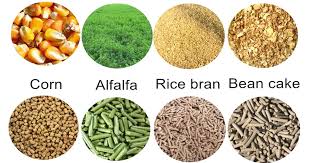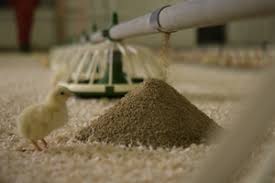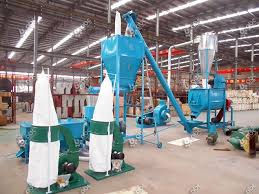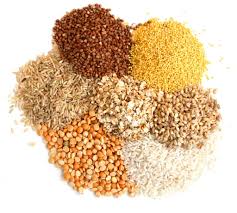Feed formulation involves the judicious use of feed ingredients to supply adequate nutrients required by poultry and pigs. Feedstuffs vary in composition, and feed costs typically range between 55% and 70% of total operating expenses.
From a nutritional standpoint, there is no singular “best” diet formula in terms of ingredients used. Instead, ingredients are selected based on availability, price, and nutrient quality. Certain ingredients commonly make up the largest portion of diets, both in quantity and cost.
Cereal grains and fats are the primary energy-supplying ingredients, while oilseed meals and animal-protein meals provide essential amino acids.
This article discusses important nutritional characteristics of many energy- and protein-supplying ingredients. Additionally, it addresses common contaminants like sulphur in feedstuffs and their effects.
Read Also: Agricultural Tillage Practices
Procedure for Feed Identification and Formulation

The sequence for feed identification and formulation typically includes:
1. Identify and prepare a list of important nutrient requirements: Understanding the nutritional needs for different stages of livestock growth.
2. Determine available feedstuffs: Identify feed ingredients that are available for use in feed formulation.
3. Prepare a listing of nutrient composition of available feeds: Ensure that the nutritional values of the ingredients are known for accurate formulation.
4. Balance the ration: Use guidelines such as Algebraic Equations, Pearson Square, and Computer-Assisted Formulation to create a balanced diet.
It is important to note that for practical diets, other major nutrients like calcium and phosphorus must also be balanced. Additionally, formulating a supplement or base mix, along with vitamin and mineral premixes, is often necessary. A simple approach using two ingredients can be modified to accomplish more complex tasks in diet formulation.
Feed Identification: Key Feedstuffs Used in Poultry and Pig Diets
1. Alfalfa (Grass Legume): A high-protein forage commonly used in livestock diets.
2. Barley: A cereal grain providing energy.
3. Wheat Bran (Energy): A by-product of wheat milling, used as an energy source.
4. Whole Cottonseed: A rich source of protein and energy for livestock.
5. Soybean Meal (Protein): A highly digestible source of protein.
6. Red Rock Salt: Supplies essential sodium and chloride.
The Process of Feed Formulation

Feed formulation involves calculating the proportions of available raw materials that must be blended to provide a mixture with the right concentration of nutrients for a specific class of livestock.
Simple formulations can be done manually or with a small calculator, but as more nutrient specifications are required such as for amino acids manual calculations become impractical.
Computerized linear programming has become a common tool in feed formulation due to its speed, accuracy, and cost-effectiveness compared to manual methods.
This approach also takes raw material prices into account, allowing for least-cost formulation, which ensures that the feed mixture meets nutrient specifications at the lowest possible cost.
To conduct least-cost formulation, the following information is needed: details on raw materials (quality, availability, and price), nutrient specifications relevant to the livestock, and constraints on raw material inclusion. The steps involved in least-cost formulation include:
1. Listing raw materials: Include all available feedstuffs that can be used.
2. Listing nutrient specifications: Define nutrient requirements with maximum and minimum values.
3. Imposing constraints on raw material inclusion: Manage the proportions of raw materials to meet both nutrient and cost objectives.
4. Linear programming: Use mathematical methods to determine the optimal mix of ingredients.
5. Adjusting formulations after programming: Make necessary adjustments to meet practical and nutritional needs.
Read Also: Maggot Feeding: Can You Feed Fishes with Maggots?
Feed Formulation and Mill Operation for Non-Ruminant Animals

Feed formulation and mill operations must be aligned to ensure non-ruminant animals are provided with a feed that is acceptable, available, and easily digestible. Ingredient selection involves several interdependent variables that need to be properly understood for the practical application of feed formulation principles.
These variables are critical in ensuring a balanced, sustainable, and cost-effective diet for poultry and pigs. Proper management of these variables ensures that livestock are provided with optimal nutrition, which is key to maintaining production efficiency and profitability.
Do you have any questions, suggestions, or contributions? If so, please feel free to use the comment box below to share your thoughts. We also encourage you to kindly share this information with others who might benefit from it. Since we can’t reach everyone at once, we truly appreciate your help in spreading the word. Thank you so much for your support and for sharing!
Read Also: Measurement and Definition of the term water yield

